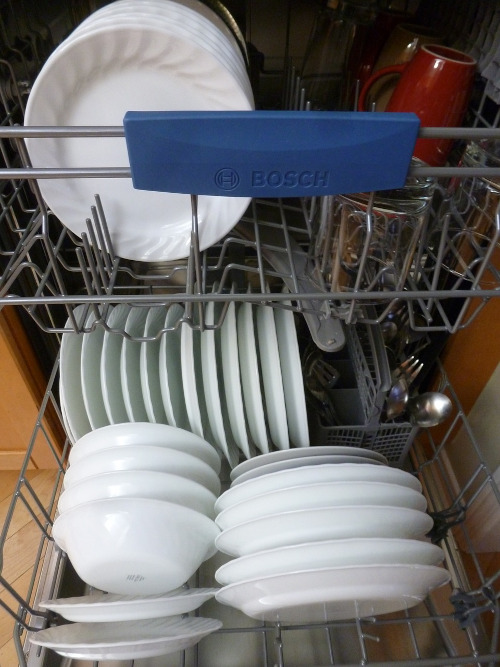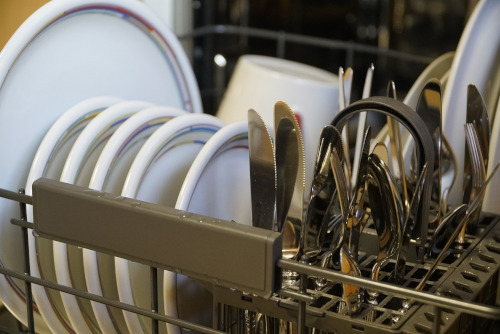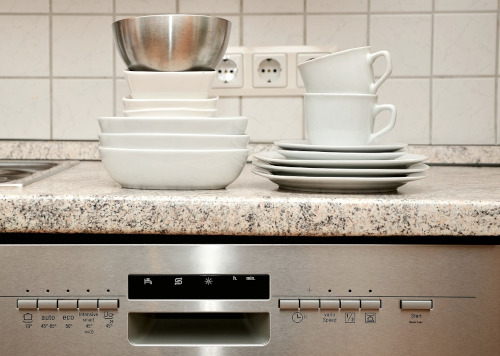Behind the Scenes: The Importance of Proper Crockery Handling in Catering
Introduction:
When you think of catering, you might picture beautifully plated dishes, elegantly arranged tables, and smiling guests enjoying their meals. While these are indeed crucial elements of successful catering, there’s a behind-the-scenes aspect that often goes unnoticed but is equally vital: proper crockery handling. In this blog post, we’ll dive into the essential role that crockery handling plays in the catering industry, from the kitchen to the dining table.
The Journey from Kitchen to Table:
Every piece of crockery in a catering setup embarks on a journey, starting from storage and ending with its role in presenting the food to customers. Understanding this journey is key to appreciating the significance of proper handling.
Storage: Proper storage is the foundation of crockery care. Stacking plates and cups without adequate protection can lead to chipping or cracking, which is not only unsightly but can also pose a safety hazard.
Preparation: As crockery is prepared for an event, it should be inspected for cleanliness and quality. Any damaged items should be replaced to ensure a flawless presentation.
Serving: The moment of truth arrives when crockery is placed on the table. It should be clean, polished, and impeccably arranged to make a positive impression on guests.

The Art of Crockery Washing:
Crockery washing is a crucial aspect of proper handling. Neglecting this step can lead to hygiene issues that may impact the health and satisfaction of your customers.
Hygiene: Plates and utensils that are not thoroughly cleaned can lead to foodborne illnesses, which is unacceptable in the catering business.
Best Practices: Adhering to best practices for washing crockery contributes to a hygienic foodservice operation, prevents contamination, and ensures that customers are served in a safe and sanitary environment.
Regular monitoring and adjustments to procedures may be necessary to uphold high hygiene standards over time.

Safe Crockery Storage:
Storage doesn’t end once crockery leaves the kitchen. How you store it before and after an event can significantly impact its quality and longevity.
Organisation: The importance of organising crockery efficiently cannot be overstated. It is a proactive approach that not only safeguards the physical integrity of the items but also contributes to the overall efficiency, safety, and professionalism of a catering or hospitality establishment.
By prioritising proper organisation, businesses can ensure that their crockery remains in excellent condition, minimising unnecessary costs and presenting a positive image to clients and guests.
Protection: Consider using protective materials like padded dividers or bubble wrap to safeguard crockery during transit and storage.
The Impact on Customer Experience:
Properly handled crockery has a direct impact on the overall dining experience, which is why it cannot be underestimated.
Positive Impressions: Immaculate crockery is not just a functional element of dining; it is a crucial component of the overall guest experience.
It enhances the visual appeal of the food, communicates a commitment to quality, and contributes to the creation of positive memories that guests associate with the catering service.
The impact goes beyond mere looks, influencing how guests perceive the professionalism and excellence of the catering establishment.
Hygiene and Food Safety:
In the catering world, food safety is paramount. Improper crockery handling can compromise this crucial aspect of your business.
Contamination Risks: Ensuring that crockery is thoroughly cleaned and sanitised is essential for preventing the transmission of harmful microorganisms and contaminants.
Adhering to strict hygiene practices not only protects the health and well-being of diners but also safeguards the reputation and viability of foodservice businesses.
Compliance: Regular training of staff, proper use of cleaning agents, and adherence to industry regulations are key components of maintaining a safe and hygienic foodservice environment.

Staff Training and Education:
Proper crockery handling begins with well-trained staff. It’s essential to invest in their education and provide ongoing support.
Training Programs: Training ensures that staff members are equipped with the skills and knowledge necessary to handle crockery with care and deliver a superior dining experience to customers.
Quality Control: Ongoing quality control is a fundamental aspect of maintaining the highest standards in crockery handling and overall hygiene.
By emphasising its importance, catering establishments can create a culture of excellence, foster continuous improvement, and provide a safe and enjoyable dining experience for their customers.
Regular assessments and feedback loops contribute to the overall success and sustainability of the business in a competitive industry.
Sustainability Considerations:
In today’s world, sustainability is a growing concern. Consider how your crockery handling practices align with environmental goals.
Water Conservation: By adopting water-saving tips and integrating them into daily operations, catering and foodservice establishments can reap the benefits of reduced costs, environmental stewardship, and positive public perception.
Water conservation in crockery washing is a win-win practice that aligns with both responsible business management and sustainability goals.
Disposable vs. Reusable: The choice between disposable and reusable crockery involves trade-offs between convenience, cost, and environmental impact.
While disposable options may offer short-term convenience, businesses can make a significant positive contribution to environmental sustainability by opting for reusable crockery.
Implementing eco-friendly practices and educating customers on the environmental implications of their choices can further enhance the positive impact of the catering and foodservice industry on the environment.
Conclusion:
Proper crockery handling is the backbone of a successful catering business. It ensures the safety and satisfaction of your customers, contributes to a positive dining experience, and reflects the professionalism of your services.
By understanding and prioritising these behind-the-scenes aspects, you can raise your catering business to new heights and ensure that every event you cater is a memorable success.
